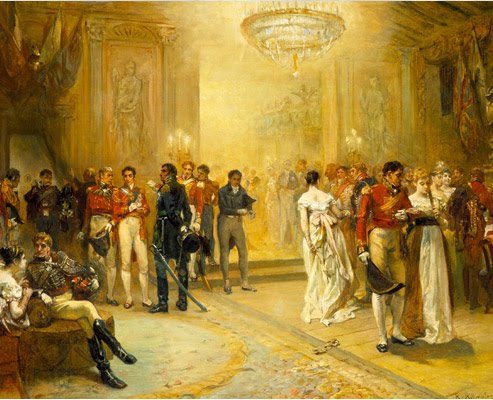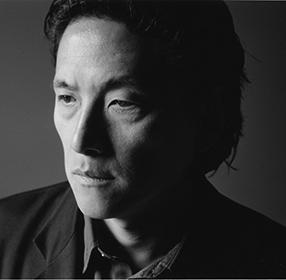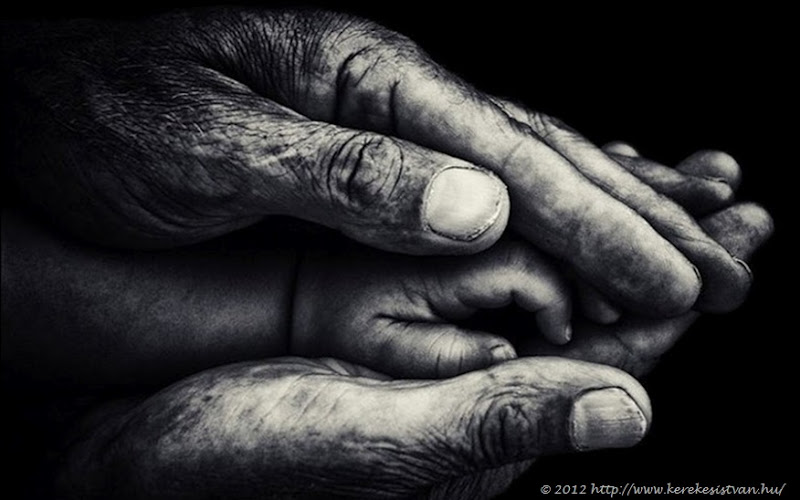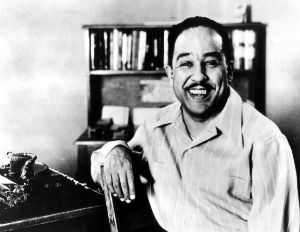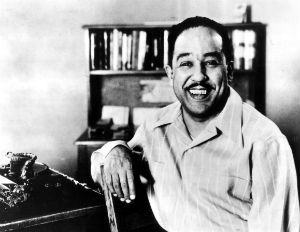About the poet:
James Mercer Langston Hughes (popularly known as Langston Hughes) was an African American poet, social activist, novelist, playwright, and columnist. He was one of the inventors of the then-new literary art form called jazz poetry. Hughes is best known as a leading proponent of the Harlem Renaissance.
Langston Hughes was born in Joplin, Missouri, on 1st February 1902. He was the second child of school teacher Carrie (Caroline) Mercer Langston and James Nathaniel Hughes. Hughes’s father left his family and later divorced Carrie, going to Cuba, and then Mexico, in an attempt to escape the enduring racism in the United States.
After the separation of his parents, Hughes was raised mainly by his maternal grandmother, Mary Patterson Langston, in Lawrence, Kansas. Drawing from the black American oral tradition and the activist experiences of her generation, Mary Langston instilled in her grandson a lasting sense of racial pride.
After his grandmother’s death, Hughes lived again with his mother Carrie in Lincoln, Illinois. While in grammar school there, Hughes was elected class poet. His first piece of jazz poetry, “When Sue Wears Red”, was written while he was in high school in Cleveland. He left Columbia University (where he was pursuing a degree in engineering) in 1922 because of racial prejudice, and his interests revolved more around the neighborhood of Harlem than his studies, though he continued writing poetry.
Hughes did various odd jobs before gaining a white-collar job in 1925 as a personal assistant to the historian Carter G. Woodson at the Association for the Study of African American Life and History. In 1926, Hughes enrolled in Lincoln University, a historically black university in Chester County, Pennsylvania.
On 22nd May 1967, Hughes died from complications after abdominal surgery related to prostate cancer, at the age of 65. His ashes are interred beneath a floor medallion in the middle of the foyer in the Schomburg Center for Research in Black Culture in Harlem.
First published in The Crisis in 1921, “The Negro Speaks of Rivers” became Hughes’s signature poem. It was included in his first book of poetry entitled The Weary Blues, which was published in 1926. Hughes’s life and work were enormously influential during the Harlem Renaissance of the 1920s, alongside those of his contemporaries like Zora Neale Hurston, Wallace Thurman, Claude McKay, Countee Cullen, Richard Bruce Nugent, and Aaron Douglas. Except for McKay, the rest of them also worked together to create the short-lived magazine Fire!! Devoted to Younger Negro Artists.
In 1930, Hughes’s first novel, Not Without Laughter, won the Harmon Gold Medal for literature. Hughes’ first collection of short stories was published in 1934 and it was entitled The Ways of White Folks. In 1935, Hughes received a Guggenheim Fellowship. The same year that Hughes established his theatre troupe in Los Angeles, he realized also co-wrote the screenplay for Way Down South. In 1943, Hughes began publishing stories about a character he called Jesse B. Semple, often referred to and spelled “Simple”, who was meant to be a representative of the everyday black man in Harlem who offered musings on topical issues of the day. With the encouragement of his best friend and writer, Arna Bontemps, and patron and friend, Carl Van Vechten, he wrote two volumes of autobiography entitled The Big Sea and I Wonder as I Wander. He also translated several works of literature into English.
About Oppression:
The poem “Oppression” by Langston Hughes is said to be published in the year 1921, though this is not confirmed. If it was indeed published in 1921, there is a good chance that it appeared in the magazine entitled The Crisis.
The setting of Oppression:
There are two settings in this poem – one within the African American community, and one outside it. Within the African American community, the poet diagnoses an absence of dreams and songs. In fact, he imagines them to be locked in a jail cell. However, he hopes they will be released soon. Outside the community, he sees other states where there is not light at all, and where brute force prevails over all else.
Stanza-wise Summary of Oppression:
The poem consists of 2 stanzas. The first of these stanzas is made up of 5 lines, and the second one is made up of 9 lines. Hence, the entire poem consists of 14 lines in total.
1st stanza:
Now dreams
Are not available
To the dreamers,
Nor songs
To the singers.
In this stanza, the poet says that dreamers are no longer able to dream freely, and singers are not able to find any songs to sing. This is significant because Hughes is trying to say that the very essence of every man has been robbed. He does not identify men with their names, but with their occupation. A man is what he does. Therefore, if you rob someone a dreamer of his visions and a singer of his tunes then you are stopping them from being who they really are. Hughes’ mention of singers should not surprise us since we know that he was greatly interested in jazz music.
2nd stanza:
In some lands
Dark night
And cold steel
Prevail
But the dream
Will come back,
And the song
Break
Its jail.
In this stanza, the poet looks away from the situation in his own country to the situation in other nations. He says that in some places, there is only darkness. Moreover, these are the nations in which a few powerful people are holding the majority in a state of oppression, simply because they have the strength and resources to do so. However, this does not discourage the poet in any way. He is very hopeful that one day soon dreams will appear again to dreamers. He imagines the song to be a prisoner in a jail and says that he will escape from his shackles soon.
Some online learning platforms provide certifications, while others are designed to simply grow your skills in your personal and professional life. Including Masterclass and Coursera, here are our recommendations for the best online learning platforms you can sign up for today.
The 7 Best Online Learning Platforms of 2022
- Best Overall: Coursera
- Best for Niche Topics: Udemy
- Best for Creative Fields: Skillshare
- Best for Celebrity Lessons: MasterClass
- Best for STEM: EdX
- Best for Career Building: Udacity
- Best for Data Learning: Pluralsight


